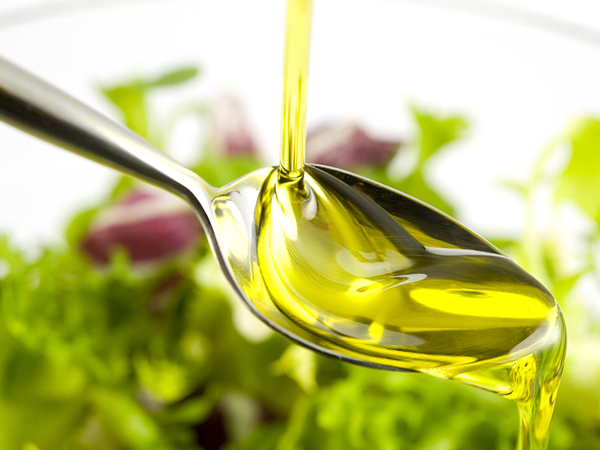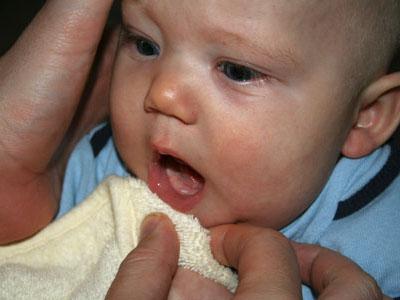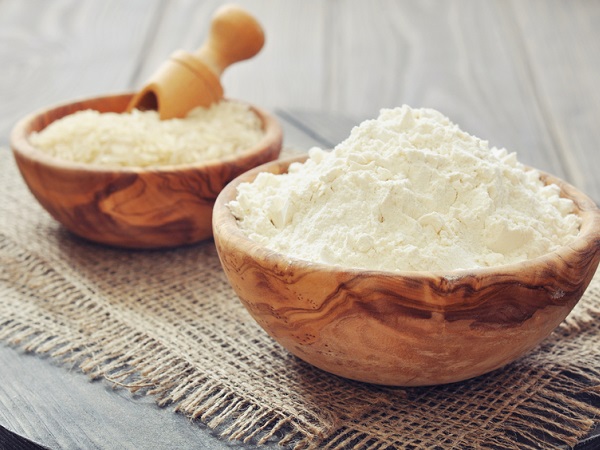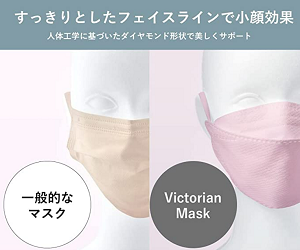Most mothers introduce their baby to solids at about 6 months of age and more and more mothers are ready to feed their babies with the self-directed method (BLW).
Baby food miles by the method of command (BLW)
This is the method feeding the solid foods in the crude, soft to the baby spontaneously eat instead of eating foods "traditional" capital is milled, mix well. With this method, babies are encouraged to feed themselves relatively soft and chewable foods without any help from their parents.
The goal of the self-directed weaning approach is to give your baby control when hungry. Did you know that before 6 months of age, children can decide for themselves what to eat? This is shown in the process the baby eats and the amount of food the baby eats each meal.
The benefits of the self-directed
weaning method While there are doubts about the benefits of the BLW method, some parents have enjoyed the results of this approach after a period of persistent testing. They claim that babies are enthusiastic about eating. Children are not fussy but ready to eat whatever is placed on their table.
This is also an easy way for your baby to eat vegetables and fruits. Because babies can eat most soft foods with the whole family, they can be allowed to sit with the family at each meal. This will save your baby a lot of time and also make her more interested in eating.
In addition, the baby's hand-eye coordination in holding will improve rapidly because babies are free to move during the process of "self-serving" meals for themselves.

Feeding your baby under a self-directed method will help him gain more control in eating
Parental concerns
Ignoring soft foods and replacing them with thicker, solid foods arouses anxiety in many mothers. Mothers worry that their baby may hiccup and choke. However, its proponents insist that those risks are very unlikely. The reason is that the babies once sit firmly, that is, they are able to handle the foods that are put into the mouth. Parents just need to watch over babies and prepare food carefully, cut small pieces to fit babies, they do not need to worry about choking when they eat .

In the early stages of the self-directed weaning approach, most of the food will be dropped on the floor instead of being put in the baby's mouth. This can make you worry about keeping your baby energized and nourished. However, once your baby begins to adapt and the appetite increases, the amount of food consumed will increase. Babies still drink milk regularly, so don't worry about them being malnourished.
Mother tips for applying methods weaning baby to command
If you want to apply this method is successful, you will have to be patient, not to interfere in the process of collection of baby food. You can teach your baby how to put food in his mouth, but not for him.
In the early days, introduce to your baby many different foods through many combinations. Choose pureed carrots, boiled or steamed vegetables and ripe bananas. Make sure the food is not too spicy or hard to make it easier for the baby to eat. After about a month of doing this, your baby can share meals with the whole family.













